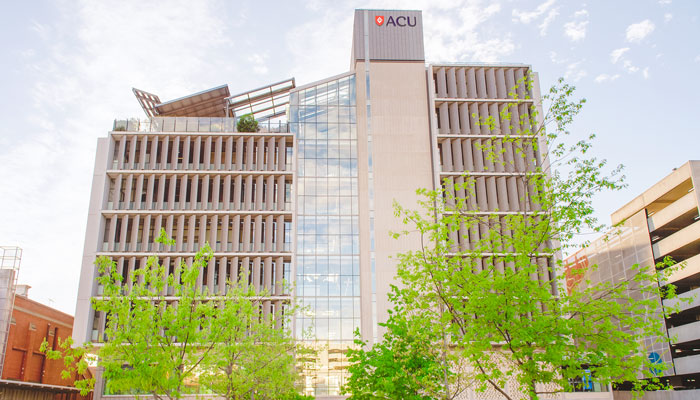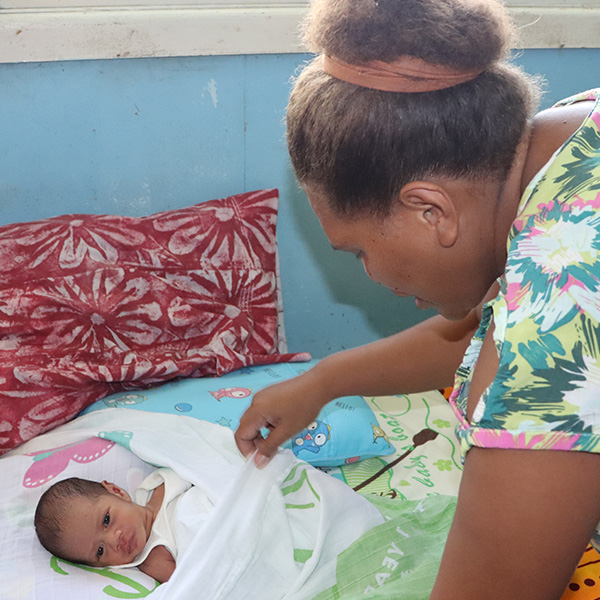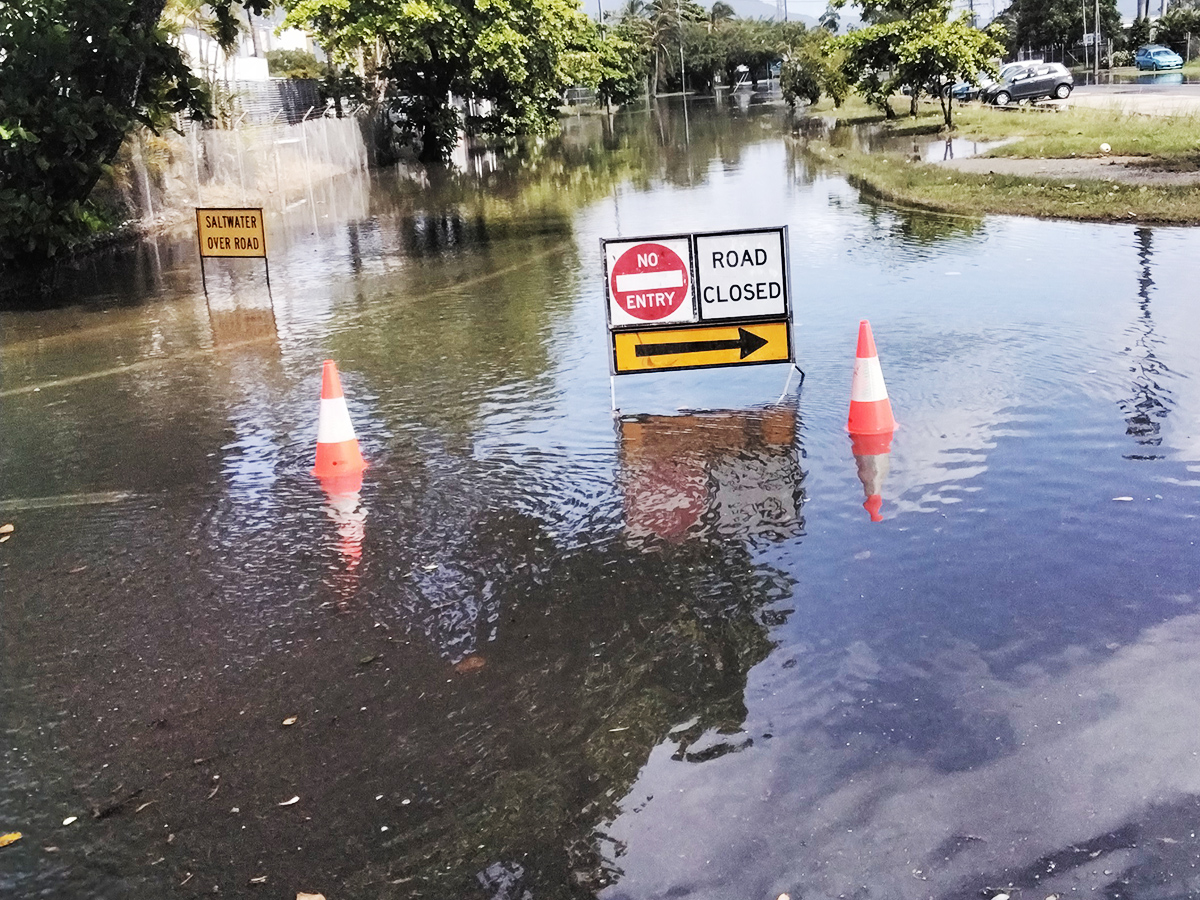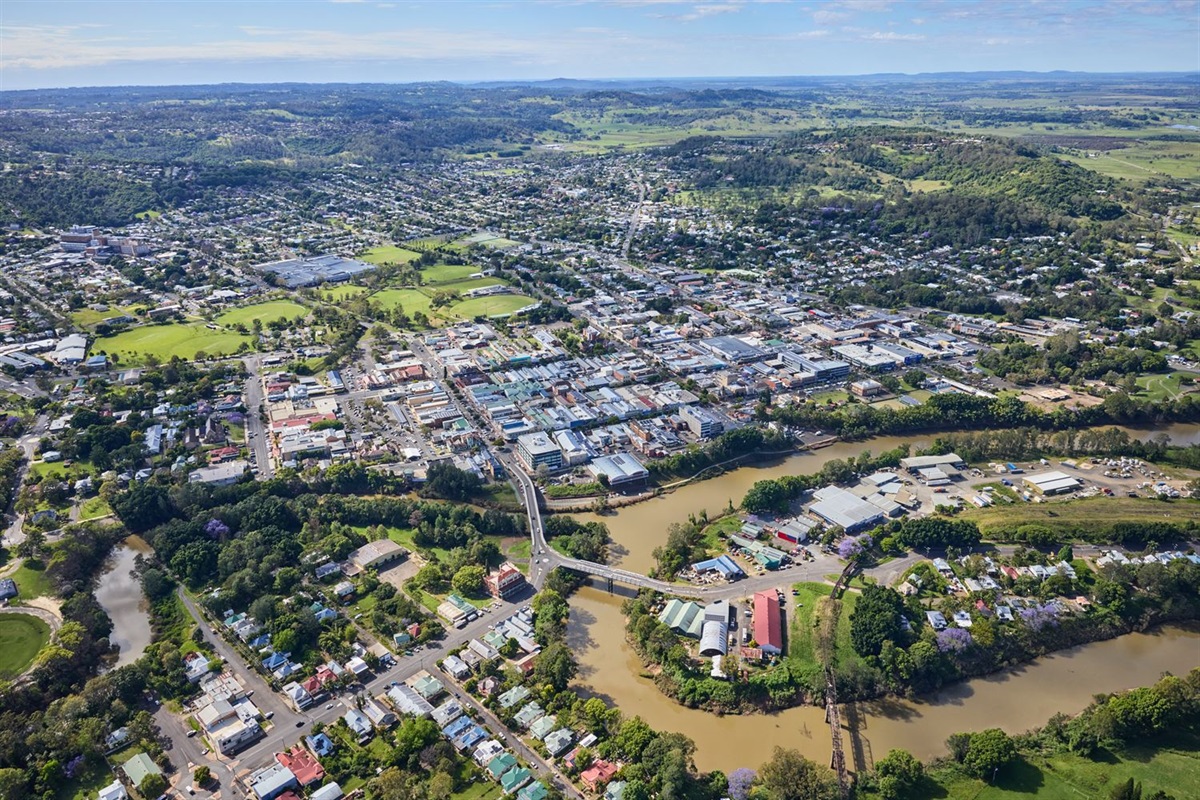Western Sydney University researchers have used over 15,000 sightings of turtles reported by citizen scientists to develop a world-first nesting location predictive tool .
The predictive tool shows nesting locations for a range of turtle species across Australia and was developed through data uploaded to the TurtleSAT mobile application by dedicated citizen scientists and partner groups, as part of an initiative of the 1 Million Turtles (1MT) Community Conservation Program.
By mapping likely nesting sites for freshwater turtles, researchers, conservationists, and the community will now have an even greater opportunity to take action to monitor and protect turtle nests from predators.
Associate Professor Ricky Spencer from the University’s School of Science said this unique tool would not be possible without the help of citizen scientists and partner groups and has many applications to help turtles.
He explained that globally turtles are among the most threatened species with over 60 per cent of all species being listed as endangered, threatened or vulnerable, with Australian freshwater turtles not immune from this trend.
“The purpose of the TurtleSAT is to increase knowledge of freshwater turtle distributions across Australia and identify hotspots for future conservation through data collection and this tool is the next step forward,” said Associate Professor Spencer.
“The new modelling tool shows us that predicted nesting sites are in areas with some of the highest abundances of wetlands occurring throughout Australia, meaning we can focus our conservation efforts on these known sites when it matters the most.”
1MT facilitates a hands-on approach to conservation where individuals and community groups can participate in activities such as turtle rescues, habitat restoration, nest monitoring and protection.
“We are empowering community conservationists to make a difference in their own local areas. The nest protection campaign trains participants to find and protect real turtle nests,” he said.
“This gives citizen scientists the opportunity to directly protect turtle nests from foxes and other invasive predators, and dramatically increases the survival rate of turtle nests in their local areas.”
This World Turtle Day, the researchers behind 1MT are calling on the wider community to help them validate the tool by using it and monitoring known turtle nest locations for signs of disturbance.
“Even during the colder months when turtles are less active there is still an opportunity to visit likely turtle nest locations using the tool and document disturbed turtle nests – you’ll notice broken eggs around the dug-up nests – and report the findings to TurtleSAT,” added Associate Professor Spencer.
1MT is a national community conservation citizen science program that promotes a strong collaboration between scientists and the community to support initiatives aimed at conserving threatened Australian freshwater turtle species.
The program currently partners with La Trobe University, University of New England, University of Sydney, Aussie Ark, Australian Reptile Park and passionate communities throughout the country, and is funded via a Citizen Science Grants – Round 2, Department of Industry, Science and Resources.








